Layer Up for Winter Warmth
by Jon Easdon, Director of Services
As the days grow shorter and the temperatures drop, our first layer of clothing gets dusted off and the wool socks come back into the rotation. For most anglers, the late fall and winter seasons mean the fly rods are put away until March and pre-runoff begins. But for some of us, late fall marks the start of our personal fishing seasons. Summers are busy taking other folks fishing. As guides and fly shop employees, the winter is our time to fish.
Most of the time when we utter the phrase “winter fly fishing,” we get looks of disgust, disbelief, and disinterest. If you plan right and wear the right gear, winter fly fishing can actually be quite comfortable. Remember, there is no such thing as bad weather but there is such thing as bad gear. Here are some tips to make winter fly fishing a comfortable and enjoyable time.
Layers
As with anything technical, layering is one of the most important components that needs to be considered when gearing up for winter. Proper layering is key in functioning in cold temperatures. You want a good first layer (the layer next to your skin), mid layer, and outer layer. The clothing industry has done a great job in developing blended materials and synthetics to allow for effective layering.
Layering rules
The first rule is that cotton kills. DO NOT wear cotton-based socks, shirts, pants, or underwear. That “thermal” underwear sold in most box stores is pure cotton and will not perform in wintery weather. In fact, save the cotton clothing for sitting around your house. It has no place in the elements because it doesn’t wick away moisture, and it takes longer to dry.
Your layering system should consist of clothing with materials that will wick moisture, dry quickly, insulate, be breathable, and also be water/windproof.
For my first layer, I like polypropylene, polyester blends, and wool blends. These materials wick moisture well and aren’t bulky. Wool blends will also help to retain body heat.
Some of our favorite first layering pieces are the Kuhl Akkomplice tops and bottoms. These are available for both men and women and feature some of the best 1st layer clothing on the market. There is no boxy feel and the 3D mapping makes this ultra comfortable.
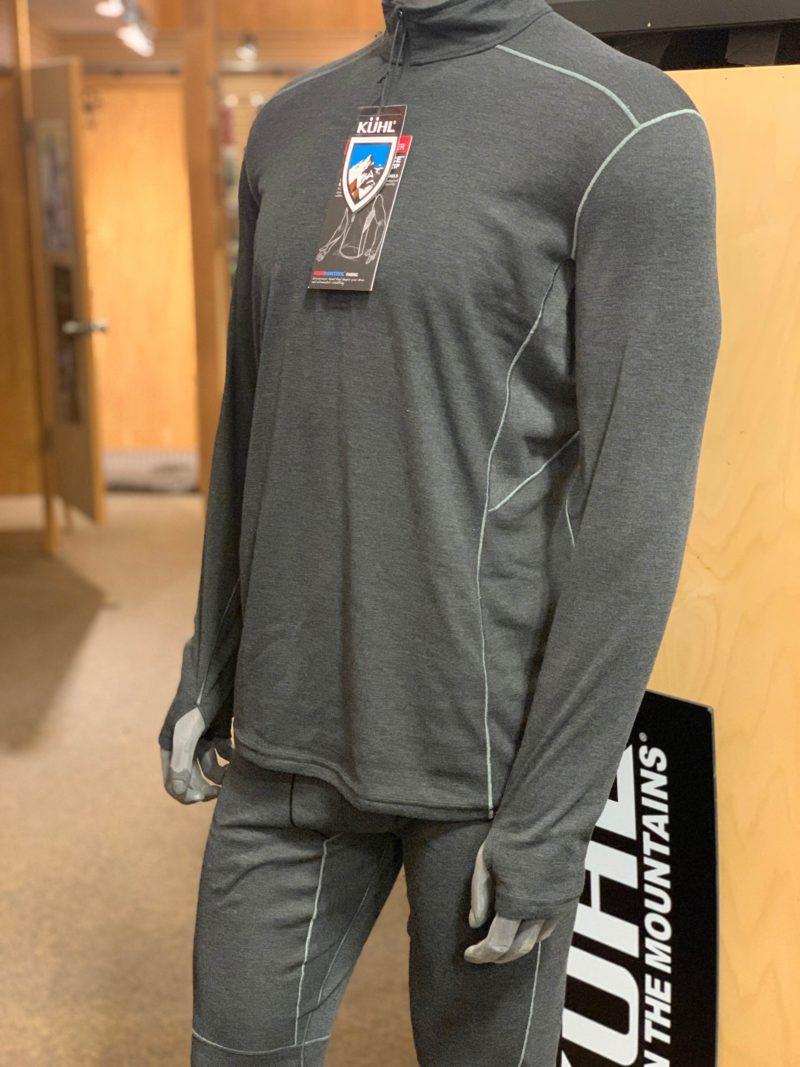
The Women’s Kaskade pant is a shop favorite and features a blend of merino wool and Modal with articulated knees. Ladies, you have to check these out!
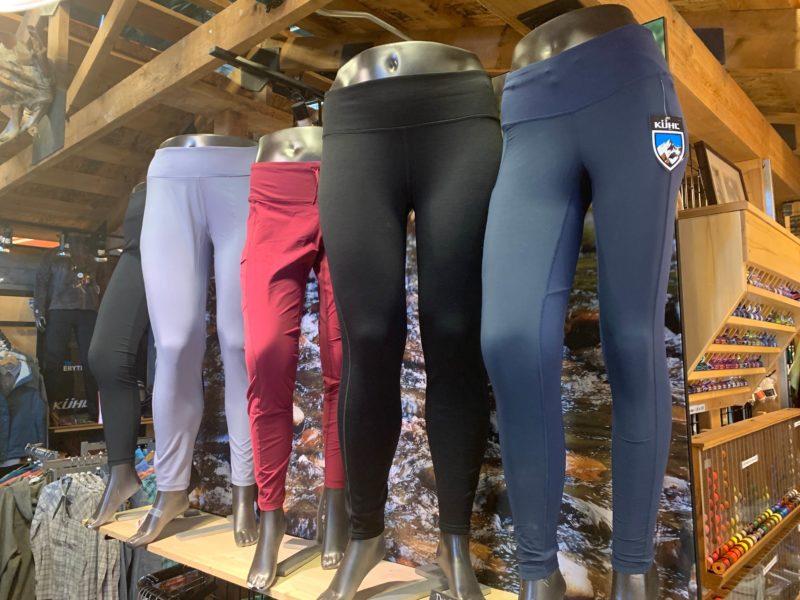
Simms has also expanded their offering in this category with the lightweight, midweight, and extreme options. These are available in tops and bottoms, for both men and women.
The mid layer is where you want to put your insulation. Micro puff jackets that are warm and lightweight are ideal for your mid layer. You can use a combination of mid layers as well, depending on the severity of the conditions.
Simms has really beefed up their offerings in mid-layer options. The ever-popular Rivershed fleece and thermal tops are one of our go-to choices. They are not bulky but retain heat very well. For a little warmer mid-layer, look at the Midstream vest and jacket, and the Extreme Bi-Comp series – all from Simms.

The Simms Extreme Bi-Comp hoodies are an innovative new product that is both very warm and practical for fishing. These “micro puff” pieces fit nicely inside or outside your waders. These are perfect insulators for a mid layer. You can use a combination of mid-layers if the elements dictate.
Your top layer’s primary feature should be windproof and definitely waterproof. Gore-Tex is a great outer material offering breathability and waterproofing. If Gore is out of your budget, then Toray is a great option. This newer material is a less expensive option than Gore-Tex and utilizes a two-layer lamination system resulting in a windproof, waterproof, and very affordable jacket.
In Gore-Tex, our favorites are the Simms G3 Tactical jacket, Simms West Fork jacket, and of course the Bulkley jacket.
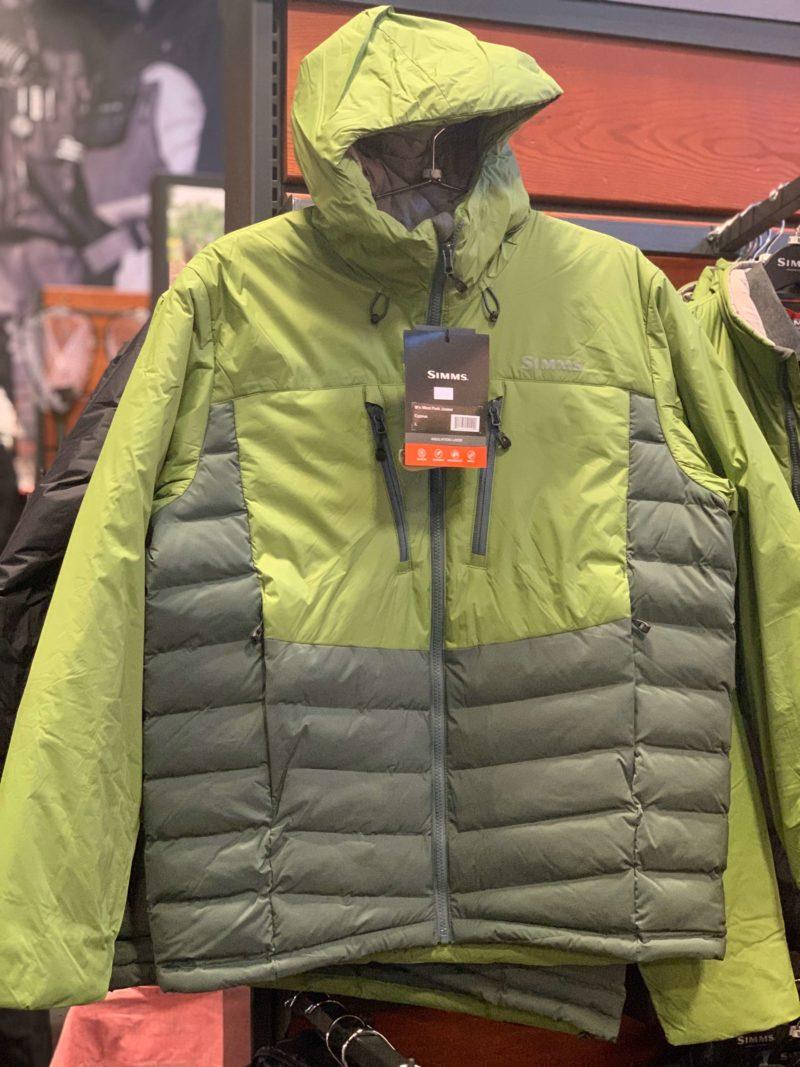 |
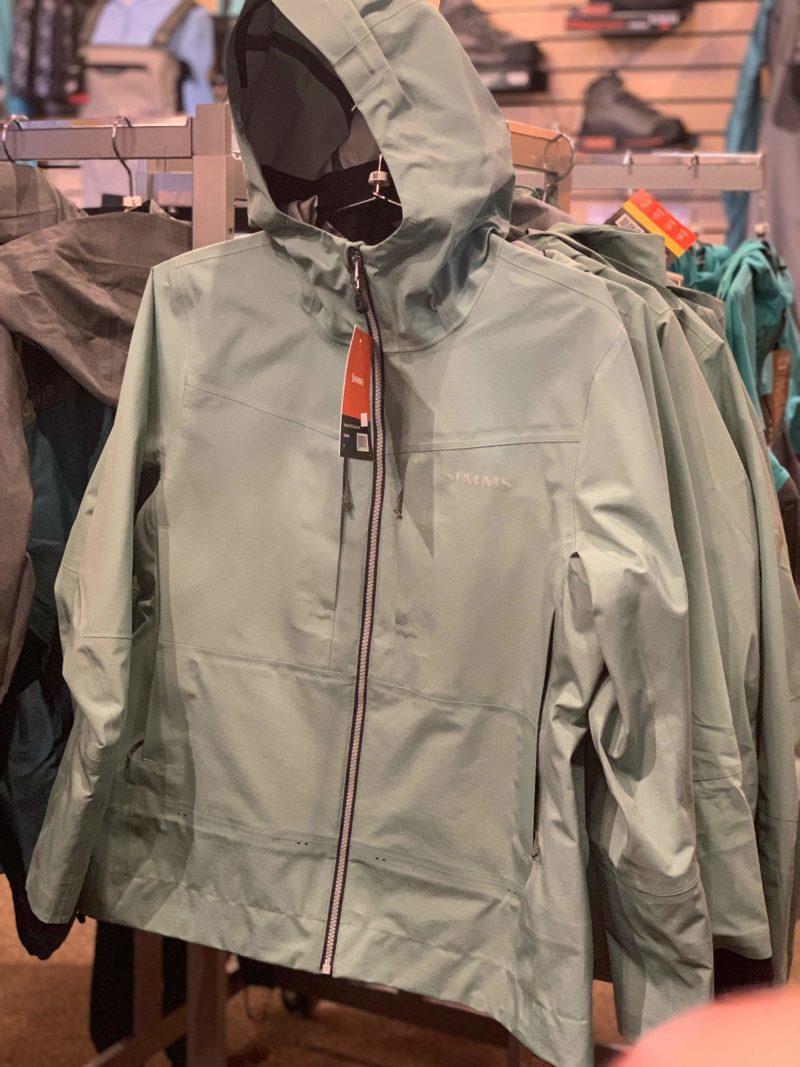 |
| Simms’ Gore-Tex provides some of the best protection from wind and water. | |
In the Toray technology, the new Orvis ultralight jacket and the Orvis Pro wading jacket have both gained a lot of fans.
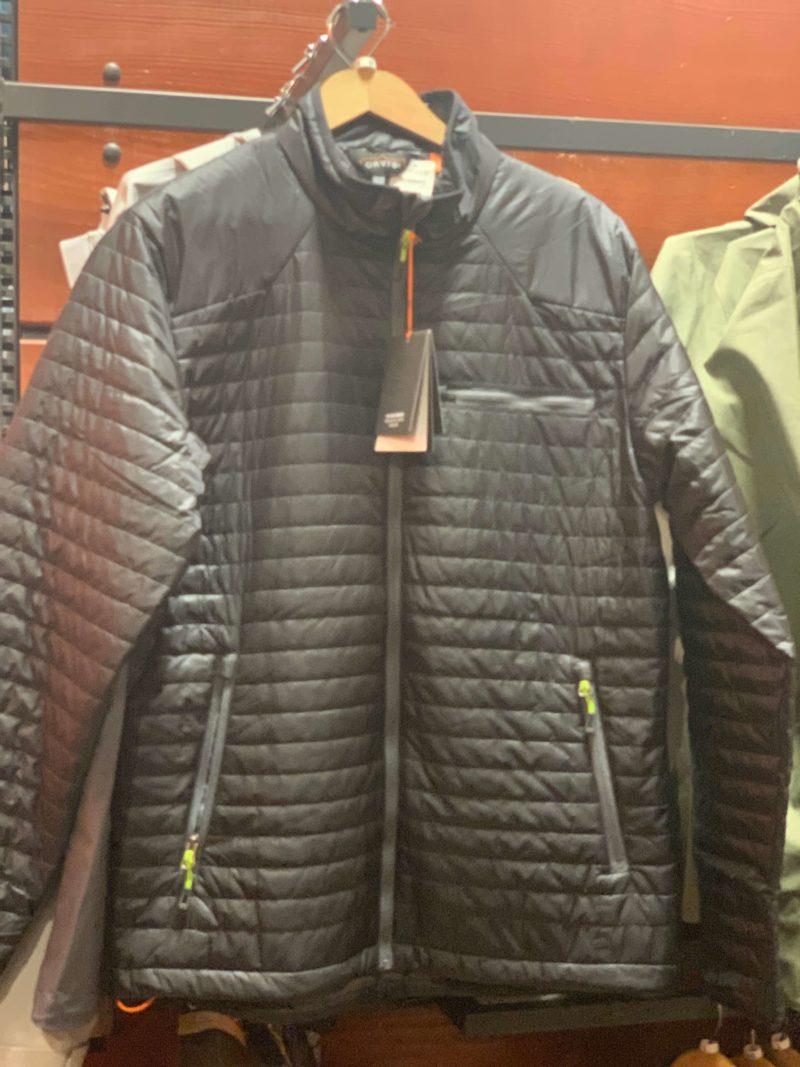 The Orvis Pro Insulated Hoodie will keep you warm from the elements.
The Orvis Pro Insulated Hoodie will keep you warm from the elements.
Socks
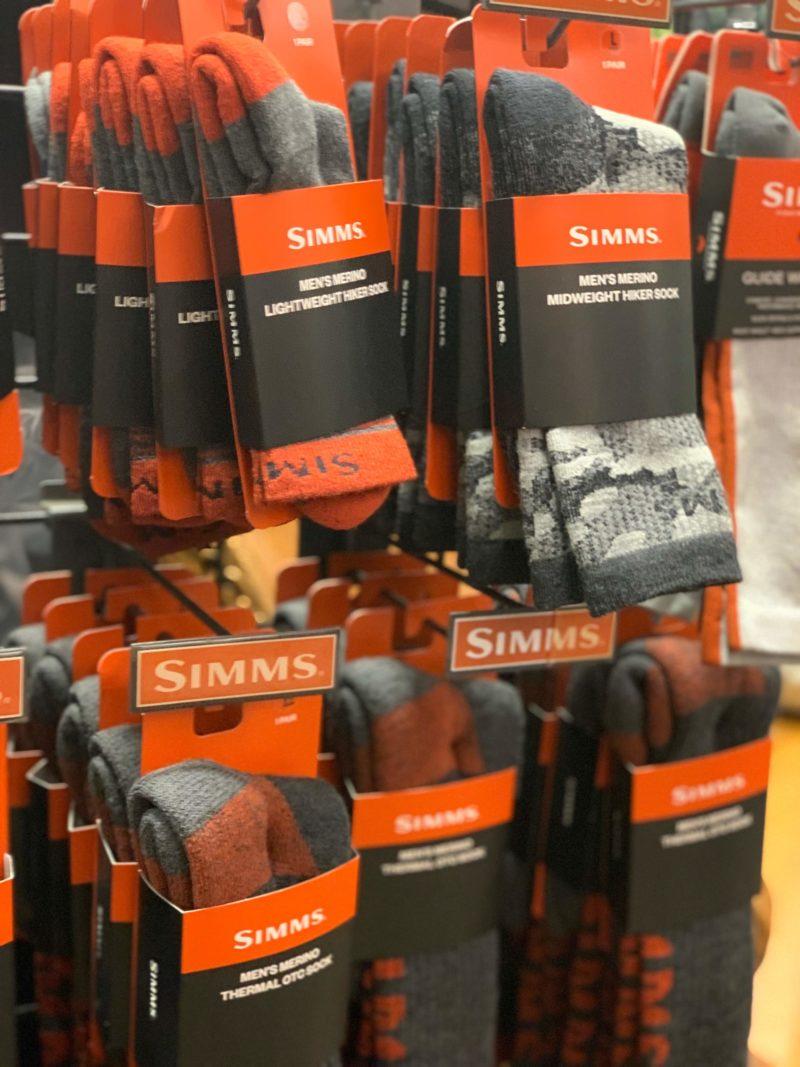 Now while common sense would tell us that a sock that is two inches thick would be the warmest, that isn’t always the case. In fact, there are some socks out there that are too thick, causing your feet to excessively sweat. Damp feet equals cold feet.
Now while common sense would tell us that a sock that is two inches thick would be the warmest, that isn’t always the case. In fact, there are some socks out there that are too thick, causing your feet to excessively sweat. Damp feet equals cold feet.
The most important feature is the sock’s ability to breathe and wick moisture. In fact, the warmest socks in my arsenal are very thin.
The first thing you need to do is determine your heat index. Do you tend to run warm? If so, then look at polyester/wool/synthetic blends in a rather thin profile. Always cold? Then lean towards more wool or merino wool enriched blends.
Another common misconception is that if you wear two pairs of socks you will stay warmer. Never wear more than one pair of socks.
We hope that this information helps you out. As always, feel free to stop by the shop, call, or email us if you have any questions about these products. We are happy to get you suited up with the right gear.
“Dressing the part” will lead to many more enjoyable days on the water during the cold season.
